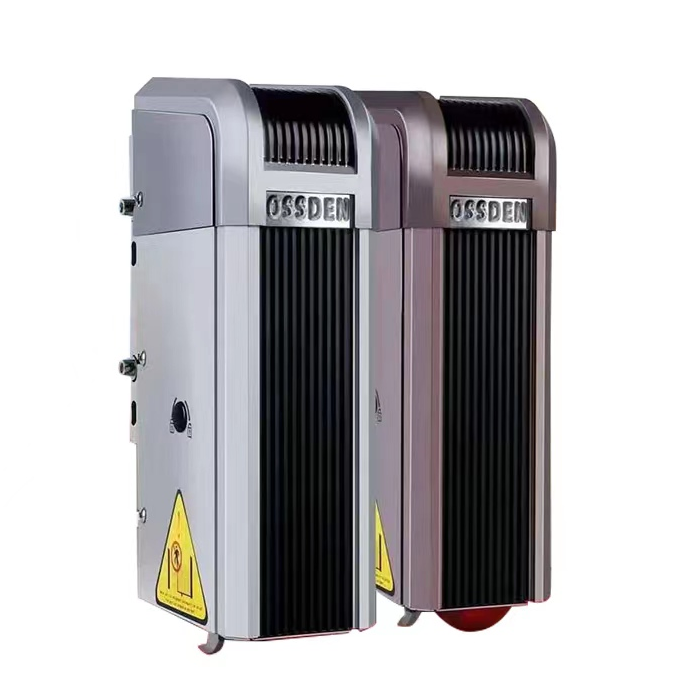The working principle of the electric swing gate motor
The electric gate opener is mainly an electromagnetic device that realizes the conversion or transmission of electric energy according to the law of electromagnetic induction. It is represented by the letter M in the circuit (the old standard is D). Its main function is to generate driving torque as a power source for electrical appliances or various machinery. The following mainly introduces its working principle. The direction of the conductor's force is determined by the left-hand rule. This pair of electromagnetic forces forms a moment that acts on the armature. This moment is called electromagnetic torque in a rotating electric machine. The direction of the torque is counterclockwise in an attempt to make the armature rotate counterclockwise. This is just a basic rule, and I hope it can be helpful to friends who want to know.
The power of the electric swing gate opener is determined by the size and weight of the gate , and the length of the gear is determined by the length of the gate.
Precautions for electric gate motor:
The gate cannot be installed on a slope. In order to prevent the influence of icing in winter, the running track must be installed in a place with good drainage. Make sure that the gate can slide smoothly on the track. Otherwise, the sensor on the drive unit will not be able to detect the obstacle and the gate will fail to close.
Limit devices must be installed in the door's wide open position and closed position, otherwise the door may fall off the track during emergency unlocking.
Limit devices must be installed in the gate’s wide open position and closed position, otherwise the gate may fall off the track during emergency unlocking.

Any operation and malfunction that may affect safety must be eliminated immediately. The gate must be stable and resistant to torsion, that is, it must not be bent or twisted when it is opened or closed. The drive device cannot compensate for the defect of the gate or its incorrect installation. It is not allowed to operate the machine in an area where there is a risk of explosion. It is not allowed to operate the machine in a room with corrosive gas.





